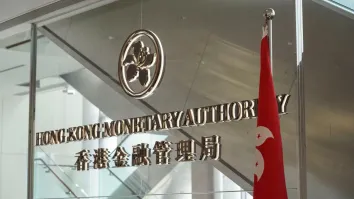
Hong Kong fails to beat Singapore in 'global connectedness' ranking
It grabbed the 12th spot.
According to the second DHL Global Connectedness Index (GCI), it was revealed that Hong Kong’s economy tops the charts worldwide in terms of the depth of its connectedness, but ranks only 78th in breadth.
Here's more from DHL:
Overall, the combined scores place Hong Kong 12th globally in global connectedness and 2nd within East Asia & Pacific. The top three markets in the East Asia & Pacific ranking are, in descending order, Singapore, Hong Kong and Korea.
Hong Kong continues to perform well in the trade pillar, reflecting its role as an export gateway for mainland China – note the greater breadth of Hong Kong’s merchandise exports than its merchandise imports. In 2011, Hong Kong exported goods worth 187% of its GDP and exported services worth 50% of its GDP. 69% of Hong Kong’s merchandise exports went to destinations within East Asia & Pacific, even though East Asia & Pacific makes up only 25% of the world economy.
Hong Kong also has exceptionally high depth scores on the capital and information pillars, and it ranks first in the world on international internet bandwidth per internet user.
In 2011, 138% of Gross Fixed Capital Formation in Hong Kong was accounted for by inward Foreign Direct Investment (FDI), and 43% of Hong Kong’s inward FDI stocks came from within East Asia & Pacific.
In terms of population, the intra-regional theme continues, with 90% of people born in Hong Kong still residing here, and among the 10% who have migrated, 12% remain in East Asia & Pacific. Most (87%) international tourists and 96% of international students come from within East Asia & Pacific.
As a region, East Asia & Pacific is ranked second in terms of depth of global connectedness – a measurement of four components (trade, capital, people and information flows) – and ranked third overall after leaders Europe and North America. The region topped the trade flow pillar. Nevertheless, the Index revealed that the world is less globally connected than it was in 2007. Improvements could be a way out of the economic doldrums for many economies.



















 Advertise
Advertise






